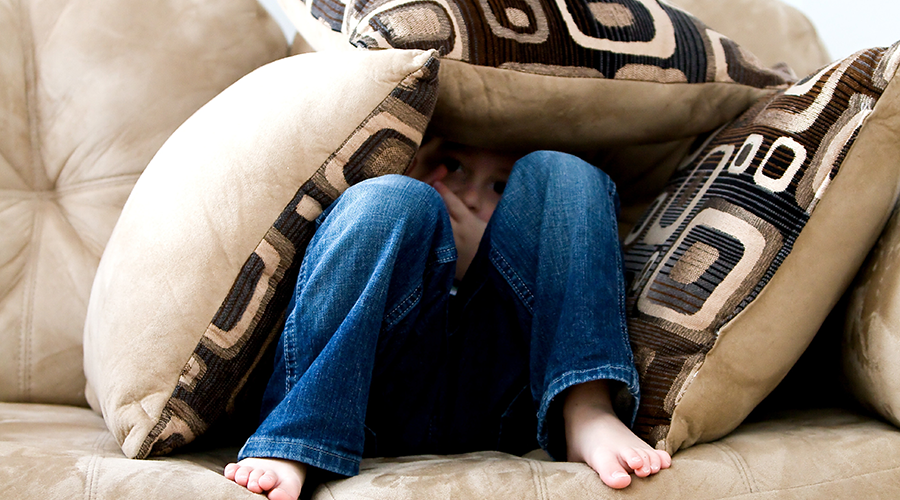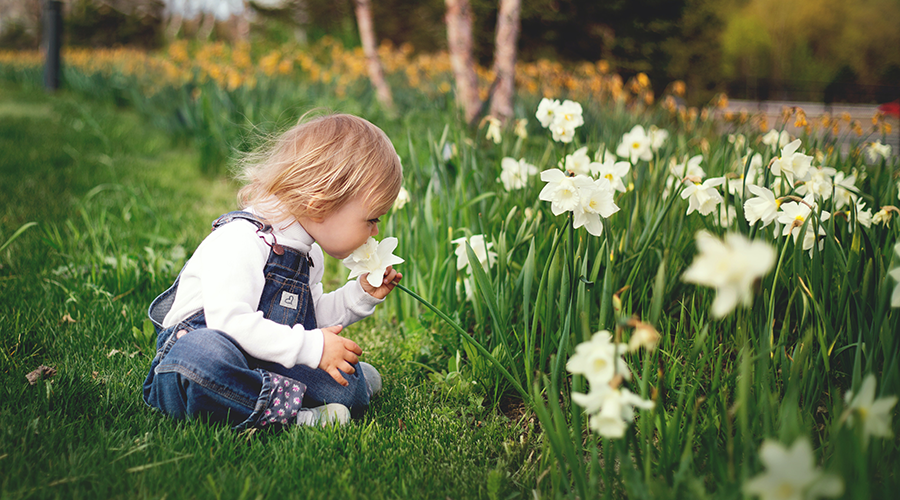settings
children
With Famly since
Wendy Geens is an experienced Early Years teacher, consultant, and lecturer at Bath Spa University in primary and Early Years.
Wendy was at Nursery World 2022 to present a seminar about self-regulation so, never missing a chance to chat, we managed to grab five minutes with her to talk about it. We discussed changing how we understand children's behaviour, how to support the development of self-regulation, and helping parents do the same.
Below, you'll find our notes from the interview — including the key insights for how you can help children build self-regulation skills in your own Early Years setting.

Wendy Geens: The key interview takeaways:
- How does self-regulation help us understand children’s behaviour?
Viewing children's behaviour as 'regulated' or 'dysregulated' helps us to stop judging behaviour as 'good' or 'bad,' and instead see it for what it is: a form of communication. - How to support dysregulated children
Building relationships with children is essential to being able to effectively co-regulate with them. Teach basic self-regulation strategies to children and observe your enabling environments carefully for potential triggers. - How can we help parents support children in their self-regulation?
Dysregulation can be triggering for parents, so be empathetic to the fact that they will be managing feelings of their own. Introduce parents to your self-regulation ethos early on, including how you teach self-regulation skills and suggesting strategies for them to try at home.
What is self-regulation?
Self-regulation means children are able to understand and manage their own feelings and behaviour. This is different to children ‘behaving’ or being compliant out of fear of punishment or the promise of a reward.
Self-regulation comes from self-monitoring, emotional development, and self-confidence. Within child development, you'll find it in a constellation of other key skills, like:
• Impulse control and inhibition
• Executive function and organisation
• Cognitive development
But Wendy explains that self-regulation should underpin all parts of Early Years practice.
“Regulated children will be calm, contented, confident to ask questions and confident in their environment,” explains Wendy, “In some classrooms, you may see children doing what they’ve been told to do, but it’s not necessarily self-regulation.”
As of September 2021, self-regulation was added to the Early Learning Goals of the Early Years Foundation Stage (EYFS). While this element of the statutory framework is for the end of children's reception year, self-regulation underpins all of Early Education and is key to successful learning.

"Self-regulation is now recognised as crucially important in young children’s development, strongly predicting children’s later success in relating to others and in their learning, while supporting lifelong mental and physical health."
The big ideas
How does self-regulation help us understand children’s behaviour?
Rather than labelling behaviour as ‘good’ or ‘bad’ and judging it to be positive or negative, behaviour should be viewed as ‘regulated’ or ‘dysregulated’.
“Behaviour is just communication,” explains Wendy, “When children are dysregulated, they’re not choosing to be so. So it’s about understanding what’s causing that behaviour.”
Practitioners should use their knowledge of a child, their observations, as well as conversations with parents, carers, and the child themselves, to get to the root of dysregulated behaviour. Looking for triggers to the child’s behaviour can help us prevent it, rather than only focusing attention on the behaviour after it's happened.
“It might be for some children that the lighting is not right in the setting, for example,” explains Wendy, “If the lighting isn’t dimmed down, that could be a trigger.”

Self-regulation comes from good relationships
Positive relationships and really knowing the child are crucially important to how you interpret situations and respond.
"It comes back to knowing the child well," says Wendy, "As that will tell us how best to support them."
Different children might need different emotional responses when they're dysregulated. So, as an educator, your co-regulation strategies will differ depending on the child. For example, some children will feel calmed by their carer's voice, some might need to sit in silence, some might need physical contact, such as a hug, and others might find this triggering.
This right response can help children feel respected and understood, and emotionally safe.
And, when it comes to supporting children’s self-regulation, ‘prevention’ is better than cure. Regularly working with children on self-regulation skills, such as deep breathing exercises and problem-solving strategies, can support children with managing overwhelming feelings and the development of self-regulation.
Having an ethos as a setting that recognises behaviour as a form of communication, and planning your enabling environments to meet the needs of children, can help reduce the triggers and unnecessary stressors that cause children to become dysregulated.
“Think about your environment and whether your setting caters to children when they just need to ‘be’,” says Wendy, “Not when they’re running around, not when they’re playing. Can they just go somewhere and ‘be’?”
How can we support self-regulation when children become dysregulated?
For educators (and parents), it can be triggering to us to manage extremes in children's behaviour and emotions. But, to engage in co-regulation with a dysregulated child, we need to be calm ourselves.
As adults, we can be adaptable, flexible, and manage our emotional responses in a way that children might not, so we need to be 'the calm in the storm' that makes self-regulation manageable (or even possible).
But just being calm isn't enough. We need to truly empathise with the dysregulated child.
“We need to recognise the fact that we’re all human beings,” says Wendy, “We can feel dysregulated as adults too. So, we need to be empathising. You might need to take a child out of the situation, but always modelling compassion to the child and the other adults."

How can we help parents support children in their self-regulation?
Wendy’s advice for helping parents to support their children’s self-regulation is to model interactions with children, even inviting parents into the setting to observe.
Make sure you’re clearly articulating your ethos to parents and families when they start at your setting, so they know that you support children with self-regulatory skills.
“Lots of strategies for developing self-regulation can be shared with parents,” adds Wendy, “Once the practitioners have observed the child in the setting, with other children, and playing in isolation, they can share how to support that child.”
Alongside that, educators can help parents have realistic expectations of children’s behaviour in their early years, and in regards to their age, needs and abilities.
“For example, children don’t just know empathy,” explains Wendy. You can reassure parents who may be concerned that their two-year-old won’t willingly share, that this is completely normal."
Top tips from Alphabet House
Get top tips from a setting just like yours. Hear from Alphabet House on why and how they use Famly - and why they’ve never looked back.
Read their story




.svg)





